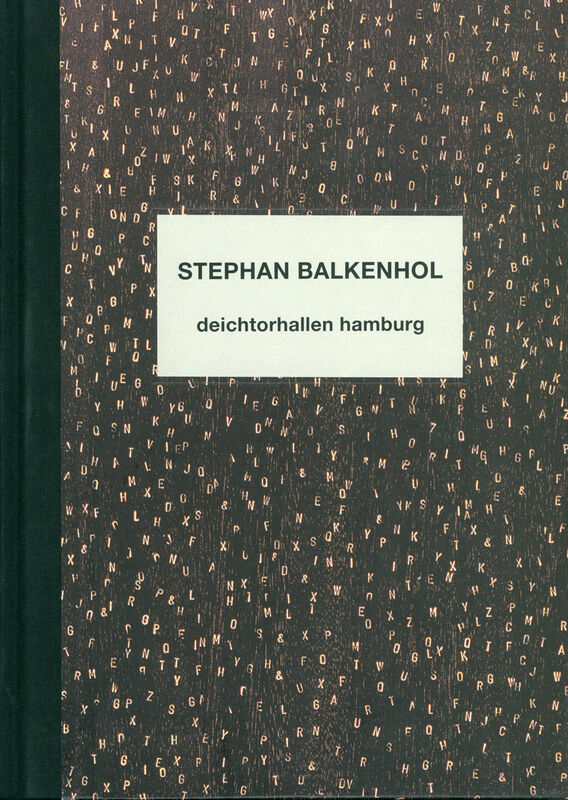Stephan Balkenhol
(English edition)
Stephan Balkenhol first exhibited his figurative sculptures in the early 1980s, flying in the face of the dominant trends of minimalism and conceptual art. Today, his casual and undistinguished “guys and gals” have a contemporary resonance that has gained him high profile on the international art scene.
Born in 1957 in Fritzlar, Germany, he studied art in Hamburg with Ulrich Rückriem. Balkenhol rebelled against Rückriem's mathematically precise aesthetic. Traveling throughout Europe after graduation, he studied the sculptural traditions of the past and found his greatest affinity was for the art of ancient Egypt with its “… fascinating aura of eternity and tranquility.”
Balkenhol's figures are a kind of twentyfirst century “everyman” – neither idealized nor individualized. The artist makes these figures from soft wood (poplar or African wawa) cut with a power saw, hammer, and chisel creating rich surfaces where every mark of the chisel is visible. Calling to mind the great tradition of German figurative sculpture in wood and the expressionist heritage of the Germans, Balkenhol's people are curiously devoid of emotion and have been described as “German Expressionism without the expressionism.”
The catalogue was conceived by Stephan Balkenhol. He structured it as a virtual encounter of authors who relate to his sculptural œuvre in very different, highly personal ways. The essays, most of which were written especially for this catalogue, provide a picture of the open history of the interpretation an influence of his sculptural œuvre.
Born in 1957 in Fritzlar, Germany, he studied art in Hamburg with Ulrich Rückriem. Balkenhol rebelled against Rückriem's mathematically precise aesthetic. Traveling throughout Europe after graduation, he studied the sculptural traditions of the past and found his greatest affinity was for the art of ancient Egypt with its “… fascinating aura of eternity and tranquility.”
Balkenhol's figures are a kind of twentyfirst century “everyman” – neither idealized nor individualized. The artist makes these figures from soft wood (poplar or African wawa) cut with a power saw, hammer, and chisel creating rich surfaces where every mark of the chisel is visible. Calling to mind the great tradition of German figurative sculpture in wood and the expressionist heritage of the Germans, Balkenhol's people are curiously devoid of emotion and have been described as “German Expressionism without the expressionism.”
The catalogue was conceived by Stephan Balkenhol. He structured it as a virtual encounter of authors who relate to his sculptural œuvre in very different, highly personal ways. The essays, most of which were written especially for this catalogue, provide a picture of the open history of the interpretation an influence of his sculptural œuvre.
More books from Stephan Balkenhol view all
